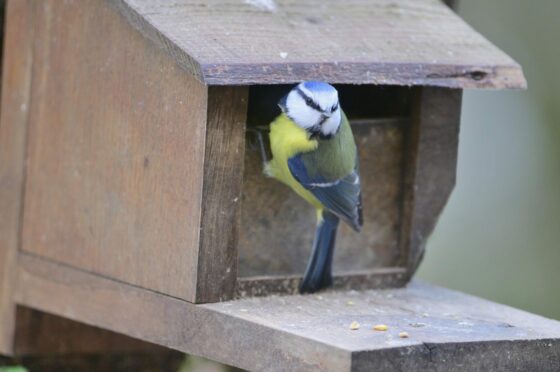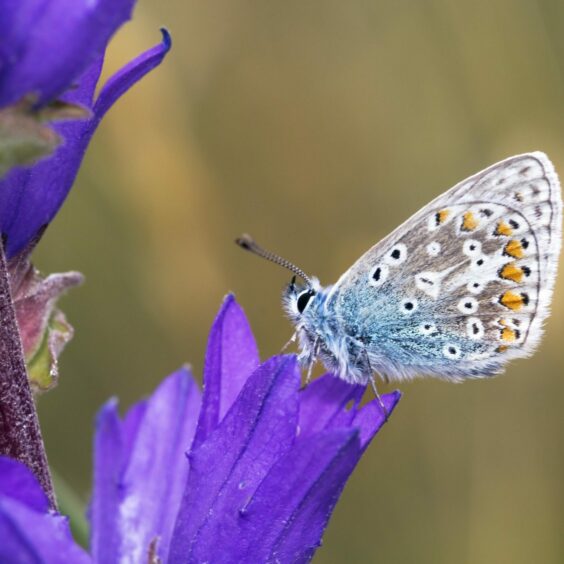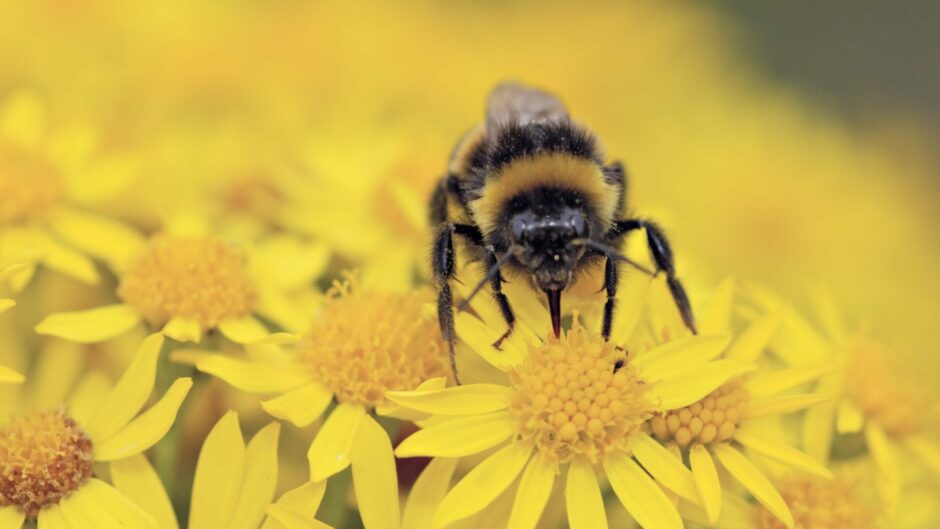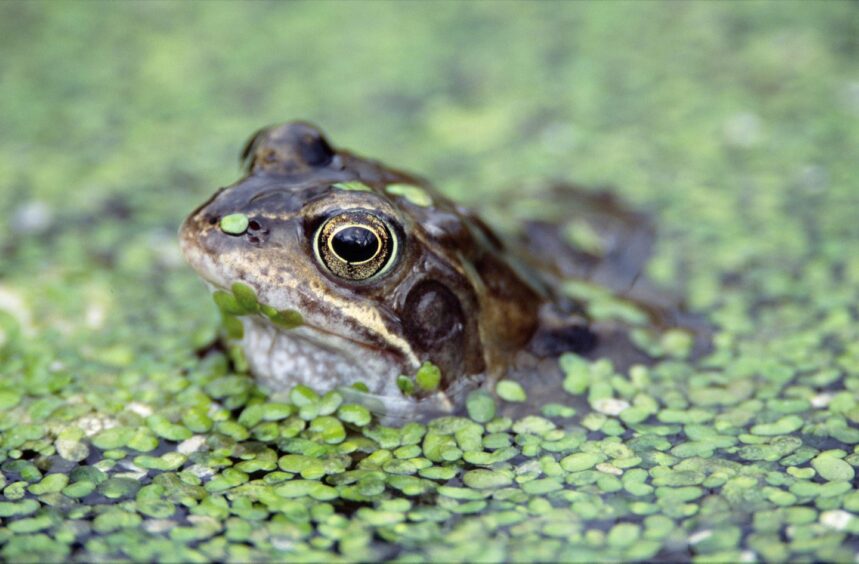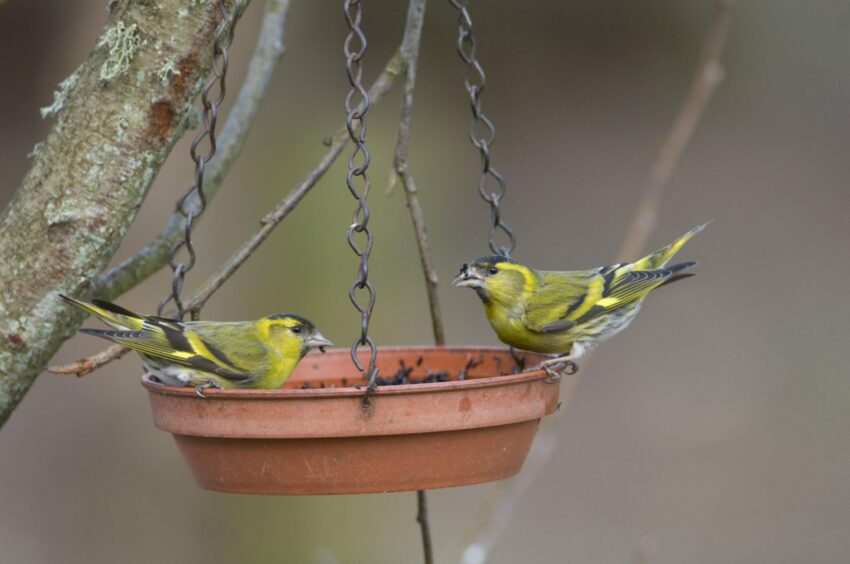Spring is a season of growth so what better time to blossom into our roles as stewards of the environment? Here are simple ways you can make space for nature in your life.
-
Some Press and Journal online content is funded by outside parties. The revenue from this helps to sustain our independent news gathering. You will always know if you are reading paid-for material as it will be clearly labelled as “Partnership” on the site and on social media channels.
This can take two different forms.
“Presented by”
This means the content has been paid for and produced by the named advertiser.
“In partnership with”
This means the content has been paid for and approved by the named advertiser but written and edited by our own commercial content team.
The days are longer and the sun is shining more brightly. The trees are coming alive and the birds’ songs seem more cheerful. Can you feel it? The world is starting to wake up after the cold winter months. Spring has sprung!
This energising season is a great time to start cultivating an appreciation for the natural world, even in little ways, especially as we tackle big issues like fighting climate change and helping reverse the loss of nearly 25% of Scotland’s wildlife.
How can you make space for nature in your daily life? Follow these easy steps.
10 ways to personally make space for nature every day:
1. Keep it natural
Mow your lawn less frequently and allow parts of your garden to grow wild. This will help weeds like dandelions to grow and serve as superfood for pollinating insects like butterflies and bees.
Avoid using artificial grass to prevent possible flooding.
If you live in a flat in a city without room for a garden, bring in potted plants and use window boxes to give life to your urban space.
2. Plant for pollinators
Pollinators enable many flowering plants to reproduce. In agriculture, their role is vital in growing fruits like tomatoes, raspberries, strawberries and apples.
They need flowers that produce nectar and pollen so aim to have pollinator-friendly plants in your garden. Try planting bluebells, crocuses, and cowslips.
3. Go peat-free
Peat is a type of turf that’s mostly made of decomposed organic matter. It’s been popular among gardeners for filling soil beds to retain moisture.
But research has shown that peat decomposes into carbon. When it’s dug up, carbon is released, emitting greenhouse gases into the atmosphere.
So for your garden, use peat-free products or alternatives like bark, wood fibre or green waste compost instead.
4. Provide water for wildlife
Set up a pond in your garden to provide an area for dragonflies, birds and other species to rest, drink or bathe. If a pond is not possible, fill up a deep saucer and leave it on a windowsill, or provide an old washing up bowl with water.
5. Feed the locals
Set up bird houses and feeders to attract birds in your outdoor space. Try putting out seed mixes, bruised or overly soft fruit and mild grated cheese.
6. Help our feathered friends
Leave twigs and moss lying around to help birds build their nests. If the birds build their homes in bushes, don’t disturb them or prune the bushes.
7. Value the health benefits
There is nothing quite as invigorating as immersing oneself in nature, whether that’s going wild swimming, climbing a mountain, or simply taking a walk outside. Just listening to birds chirping at the crack of dawn can instantly make us feel more mindful and centred. The benefits of spending time outdoors cannot be denied; we’re able to unwind, de-stress and improve our overall health and well-being.
8. Keep learning outdoors
Young or old, we all pick up lessons outdoors. Download apps to identify different plant and bird species or try a nature hunt. The more we know, the more we appreciate our surroundings and deepen our understanding of the need to preserve the environment.
9. Be part of something
One useful and fun way to expand scientific knowledge and help the environment is to take part in Citizen Science. There are different surveys in Scotland spanning a range of areas, habitats and species; they may involve recording wildlife sightings, rainfall patterns or river flood levels. All the information gathered is essential in making decisions about how to protect the environment.
10. Give some time
Volunteer to help support conservation projects. For sure, there are plenty of opportunities to help manage the green spaces near you. Start by searching for ‘friends of’ groups of your local park. If there isn’t one, why don’t you set it up?
For more tips on how to make space for nature, check out NatureScot’s website.
Tackling climate change: how private finance can help expand woodland cover
